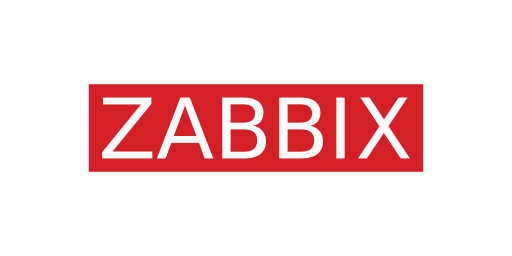Zabbix — Monitoring That Grows With the Network
Zabbix is one of those tools you find in bigger environments where Nagios or small agents just don’t cut it anymore. It’s open source, been around for years, and many enterprises trust it to keep track of thousands of servers, switches, apps, and even cloud services in one place.
How it’s usually run
The core is a server on Linux with a database (Postgres or MySQL in most setups). Agents can sit on Windows or Linux hosts, feeding back metrics like CPU, memory, logs, or disk I/O. For switches or gear that don’t take an agent, Zabbix speaks SNMP, IPMI, or JMX. The data lands in the DB, and the frontend (a PHP web UI) turns it into graphs, dashboards, and alert screens.
Admins who scale beyond a few hundred hosts often add proxies. They collect data locally and forward it back, which keeps the main server from choking. Without them, large setups would slow down fast.
Why people keep using it
– Good at mixing agent data with SNMP gear in one view.
– Alerts can be tuned with logic so you don’t drown in false positives.
– Dashboards help when management asks “is it down or just slow?”
– API makes it easier to tie into ticketing or automation.
Getting it installed
It’s heavier than a “single binary” tool. On Ubuntu it’s usually:
sudo apt install zabbix-server-mysql zabbix-frontend-php zabbix-agent
Then: set up the DB, import schema, start services, and open the web UI at /zabbix. After that, you’ll spend time adding hosts and adjusting templates.
Strengths vs limits
The strength is scale — it can monitor tens of thousands of items when tuned right. It’s stable and reliable once set.
The weak spots: setup is not quick, maintenance takes effort, and it’s not lightweight. For small offices it’s often overkill.
Rough comparison
| Tool | Edge | Fits best |
| Zabbix | Scales big, alerts + graphs | Enterprises, data centers |
| Nagios | Simple checks, modular | Smaller Unix shops |
| Prometheus | Metrics + time series DB | Cloud-native, DevOps stacks |
| PRTG Free | GUI, easy start | SMBs, limited sensors |

